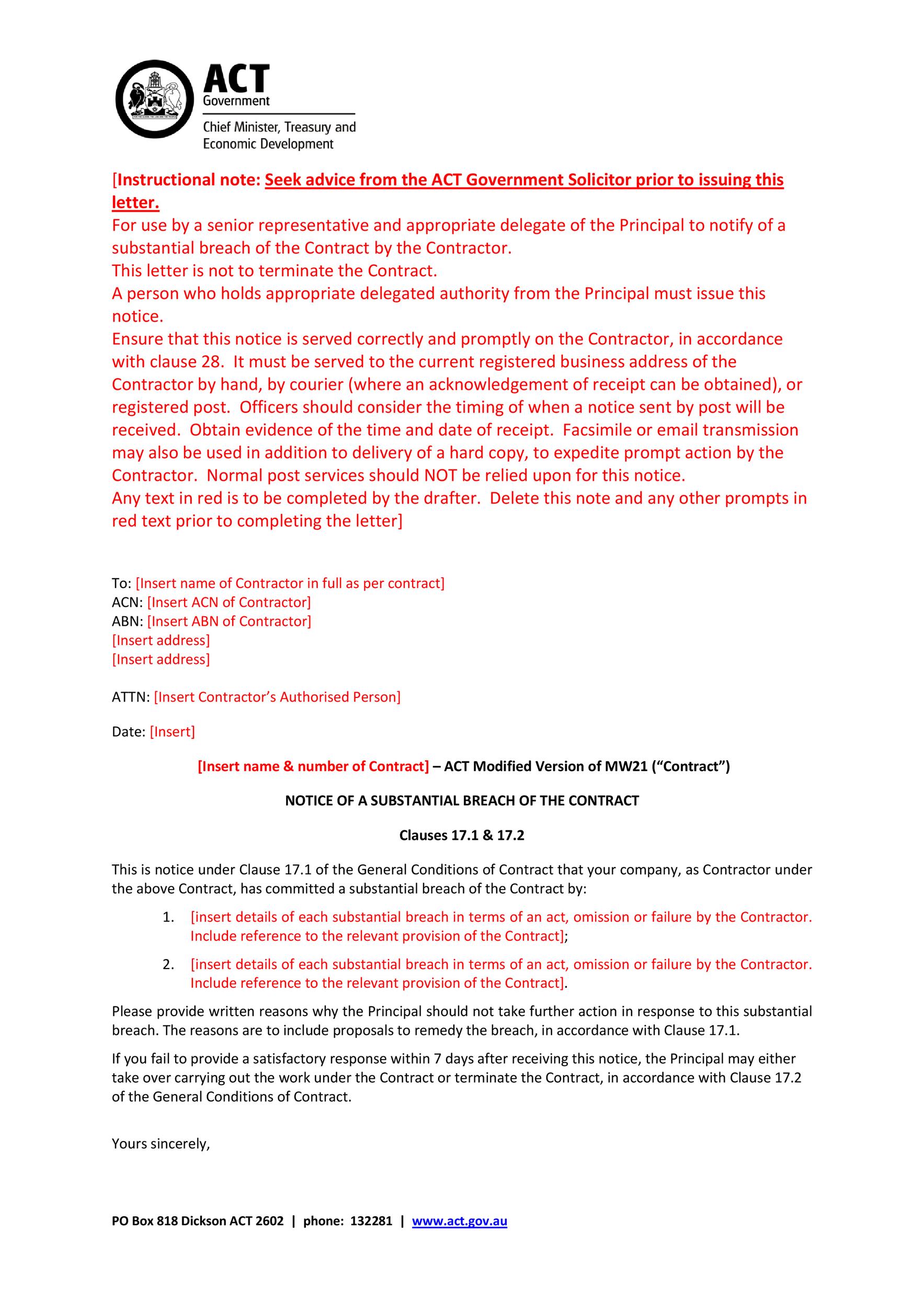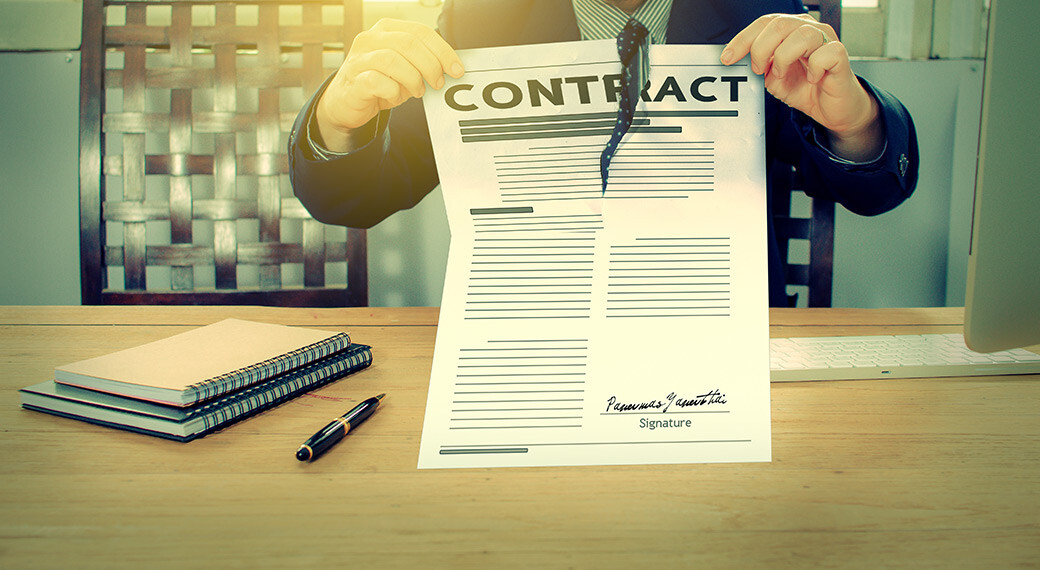

If it appears that you have significant damages, your next step is to attempt to reach a settlement agreement. In such scenarios, you’re typically better off either resorting to ADR or dissolving the agreement. If the damages suffered are inconsequential, then litigation typically won’t be considered viable. Note that, at this stage, one of the primary purposes of assessing how much you might be owed in damages is to determine whether a lawsuit is actually worthwhile. Your damages may include outstanding payments, lost revenue from mishandled intellectual property, expenses from additional costs incurred and so forth.Ī court may also require specific performance, meaning the other party will be legally required to perform certain actions, such as making up missed payments or changing their processes to better conform with the terms of the contract. If it appears unlikely to reach a resolution through mediation, it may be time to start assessing how much you’re owed in terms of damages. The role of a mediator is to keep the conversation focused on a productive course and help each party reach a mutually agreed-upon resolution. In some cases, you might consider using a mediator when discussing possible options.

For instance, if the breach occurred because of nonpayment, then arranging a payment plan can make sure you get paid while mitigating penalties for the other party.
BREACH OF CONTRACT HOW TO
As long as both parties have the intention of preserving the relationship and seeing that both benefit, an honest discussion about how to move forward can have profitable results. Many contract disputes can be resolved by simply talking things out.


 0 kommentar(er)
0 kommentar(er)
